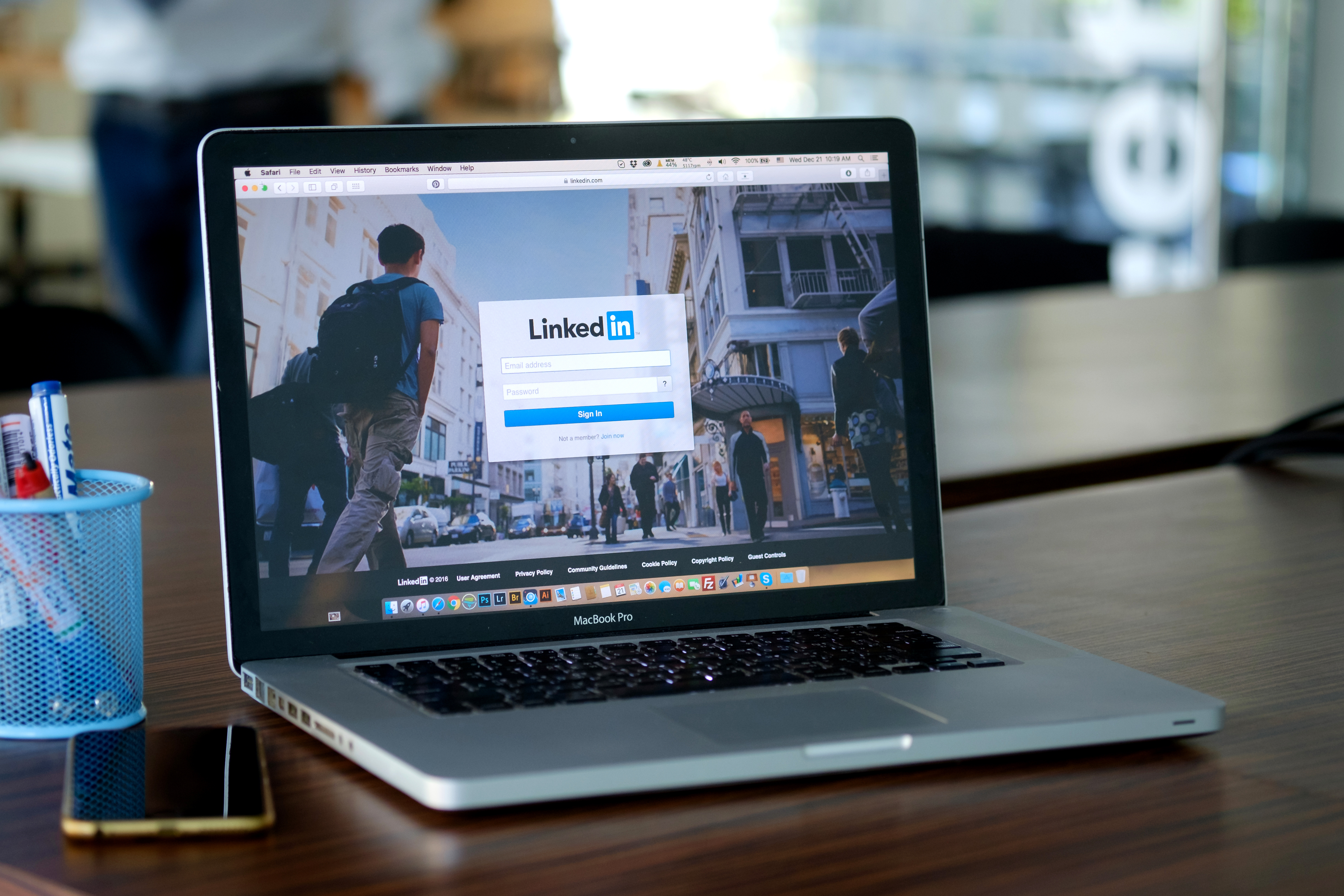LinkedIn InMail: Hyper-Targeting Prospects for Enrollment

How LinkedIn Can Benefit Your Recruiting ROI
LinkedIn is a platform often overlooked by most schools, as they prefer to lean towards SEM or Facebook, but LinkedIn can be a viable and essential medium for marketing graduate programs. LinkedIn is a networking platform that targets working professionals. It is also the number one platform for B2B marketing.
Statistics show that
- 61 million LinkedIn users are senior level influencers
- 40 million are in decision-making positions
- 44% of LinkedIn users earn more than $75,000 a year
Sound familiar? This audience demographic is precisely the target market for graduate programs. Some of the benefits of targeting this demographic through LinkedIn are:
- The majority of users interact with LinkedIn while at work. Also, some employers will contribute to on-going graduate education. Therefore if your prospective student sees your message while at work, this may spark an exploration or conversation with their employer about professional development.
- Users on LinkedIn are looking to increase their skill sets and worth in their employer’s eyes. A majority are also looking for new career opportunities.
- LinkedIn users treat the platform as a social network, following thought leaders, consuming content and forming personal/professional connections.
LinkedIn offers two forms of paid advertising:
- Sponsored Content which is much like Facebook’s boosted posts. They are images, ads, and blog content that will appear on the users’ news feeds.
- Sponsored InMails are specific to LinkedIn. InMails are messages that include the member’s name that will appear in the user’s LinkedIn messages. They are a personalized form of both awareness and remarketing ads.
How does InMail work?
InMail is simple and effective and works much like an email campaign. First, determine your budget and audience demographics. InMail can be pricey, so it is important to target well and develop compelling messaging. Audience demographics should be determined by location, education, and career background. Messaging needs to include a clear call to action and should be personalized.
How to write a good InMail
Write a brief but pointed message — 3 paragraphs of no more than 100 words each. Introduce yourself, why you are writing to them, what you are offering, the benefits to them, and why they should contact you. The message will be sent to a user’s inbox. The message will only be sent to users that are currently active on the platform, and there are strict frequency caps (a user can only receive an InMail every 45 days from any organization, not just yours specifically) to ensure that users don’t get inundated.
How does InMail generate leads?
InMails employ a combination of awareness and remarketing tactics. When a school introduces their program through an InMail, they are starting the awareness process. This tactic is at the top of the marketing funnel. These users are just becoming familiar with your programs. However, within that same InMail, the school can start encouraging the user to connect by advertising upcoming events, admissions deadlines, and calls for more information. Therefore, through one message a School has the opportunity to appeal to multiple points in the decision making/funnel process.
Beginning a Dialogue: When Leads Become Conversations
Engagement is much higher with InMail campaigns. The average open rate for most of our clients is 94%. A well written InMail with a solid CTA and a sense of urgency can quickly turn into a conversation or a request for more information on the program.
For more information on social marketing for graduate programs or other topics discussed in this article, please visit our blog.


